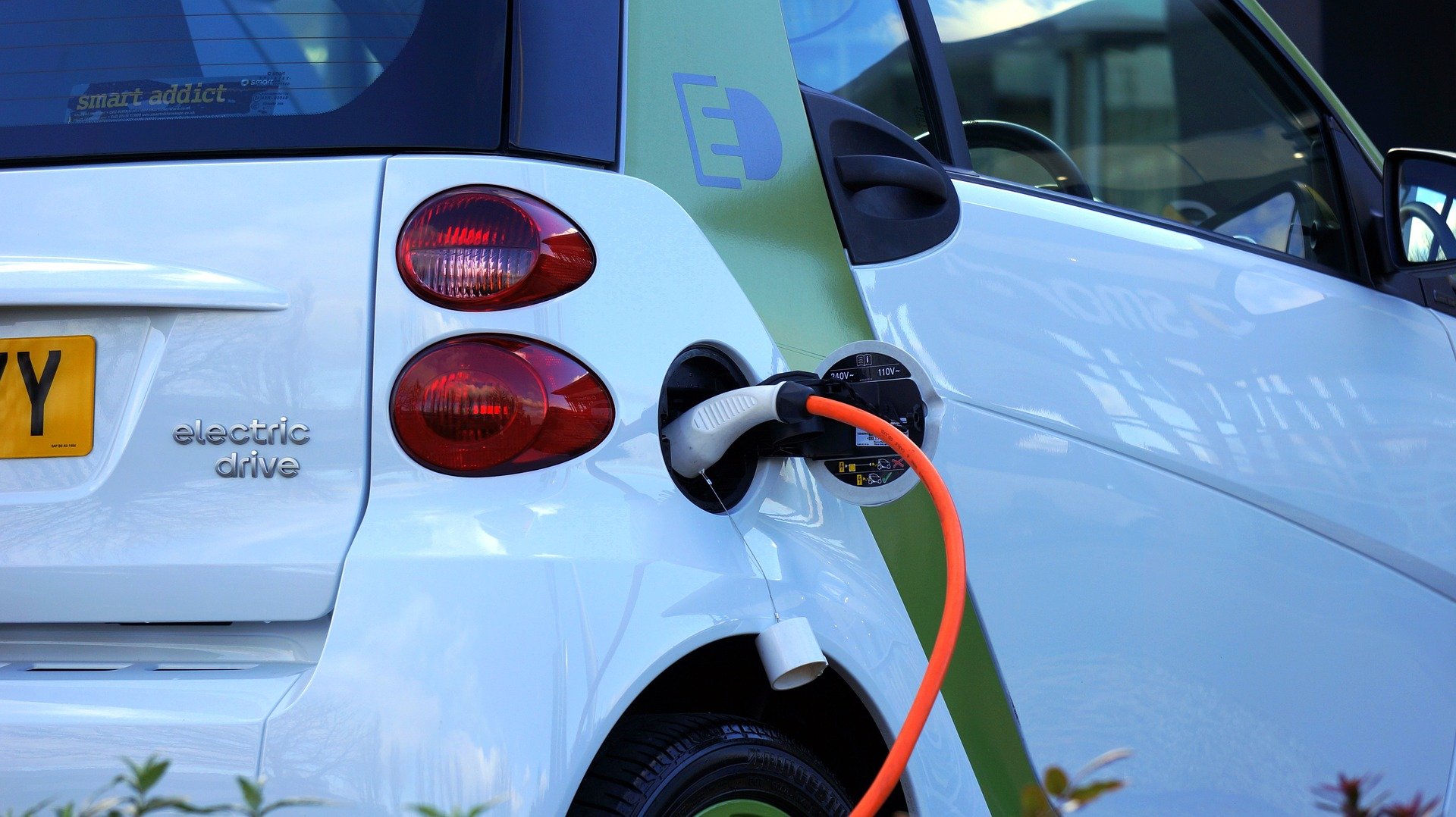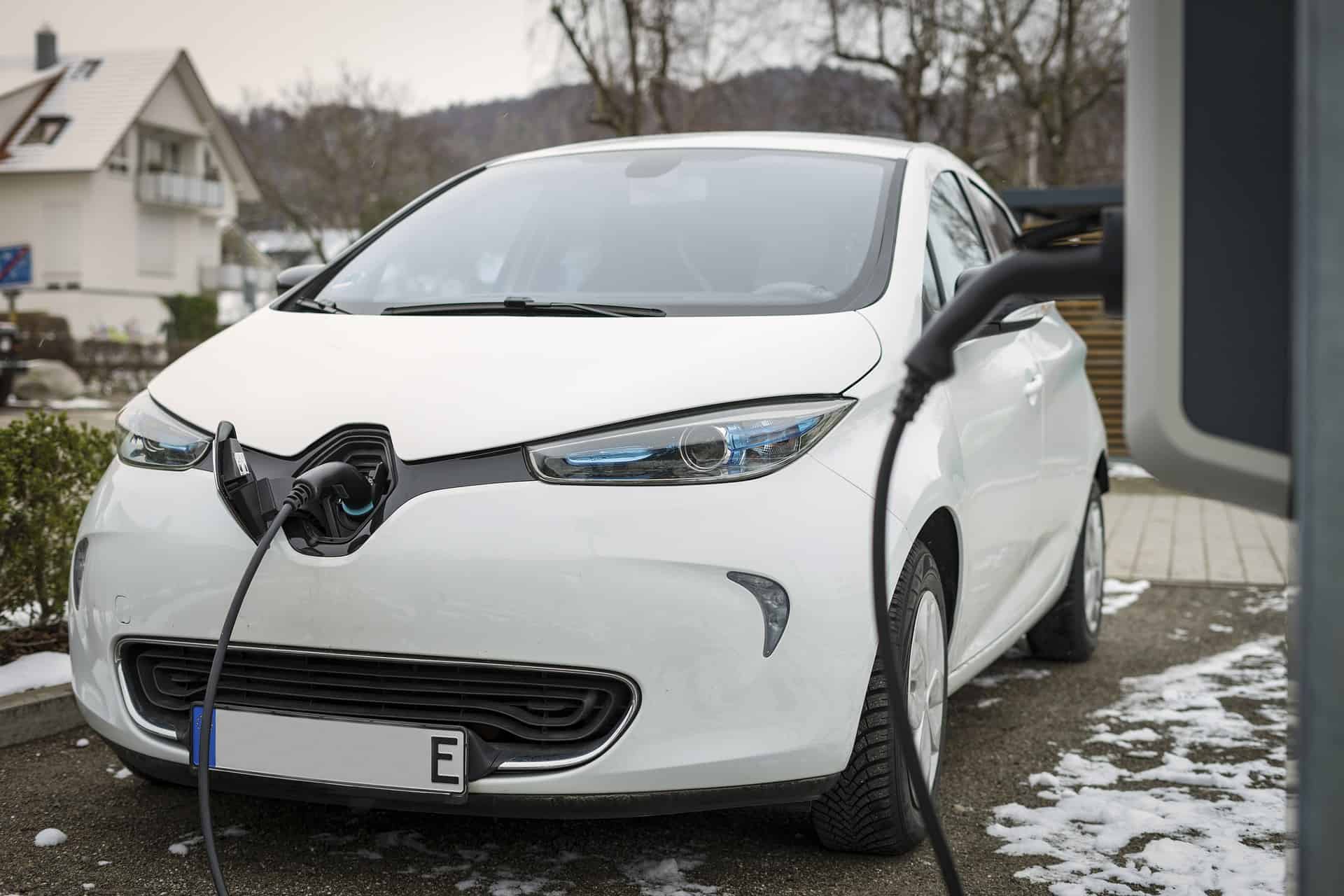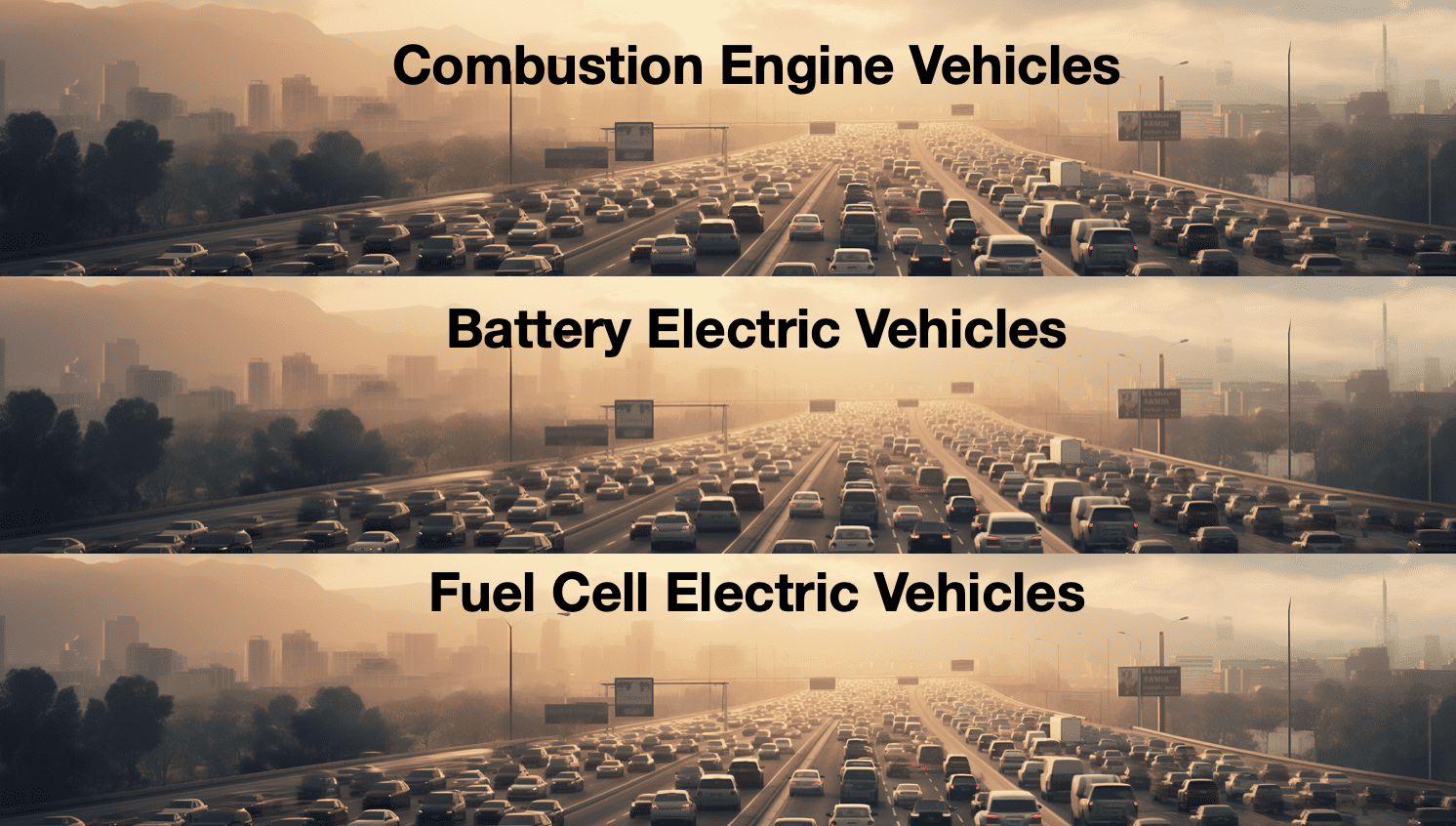
It’s a race against time for many European countries. The need for EV charging stations is higher than ever. Germany is struggling with its charging infrastructure and was recently called upon by Der Verband der Automobilindustrie (VDA) to greatly expand infrastructure in the near future. And what about other European countries? France is making great leaps forward; the Netherlands remains in the lead.
- Germany needs to install many more charging points to keep up with EV growth
- France did poorly, but is now making progress
- Netherlands remains leader, but also faces challenges
Germany’s deficit
The number of electric cars on Germany’s roads has increased significantly in recent years. About 300,000 fully electric cars and hybrids were registered in the first half of this year. Although there are already many charging points in Germany -the Netherlands and Germany together account for nearly half of the charging stations in the European Union-the country needs to install many more public charging points for electric cars in the coming years to keep pace with the growing demand for electric cars.
To meet the target, the growth rate of the past 12 months would have to be about four times higher. Earlier, the German government set a goal of increasing the number of public charging points to one million by 2030. But according to the VDA, only about 90,000 charging points have currently been realized. So the country has a lot of work to do.

France is catching up
There are more European countries that face or have faced major challenges around charging, such as France. But where France struggled before, charging stations are now multiplying. New charging plazas with 20 to 25 spots are popping up everywhere. The French charging desert, for example, once a problematic issue in regions such as Burgundy and Auvergne, is finally becoming a thing of the past.
Netherlands in the lead
The Netherlands recently reached the impressive milestone of 500,000 charging points for electric cars, placing the country at the forefront. Nevertheless, there is still work to be done. Most of the charging points in the Netherlands, as reported by the National Agenda Charging Infrastructure (NAL) in late April, are private charging points at homes. So the Netherlands also has the task of establishing sufficient charging infrastructure to facilitate a smooth transition to electric transport.

Europe is moving forward
Overall, the number of charging points in Europe is doing well. According to the latest data from ChargeUp, the European association of charge point providers, the number of public charge points across the European Union increased by about 44 percent last year.







